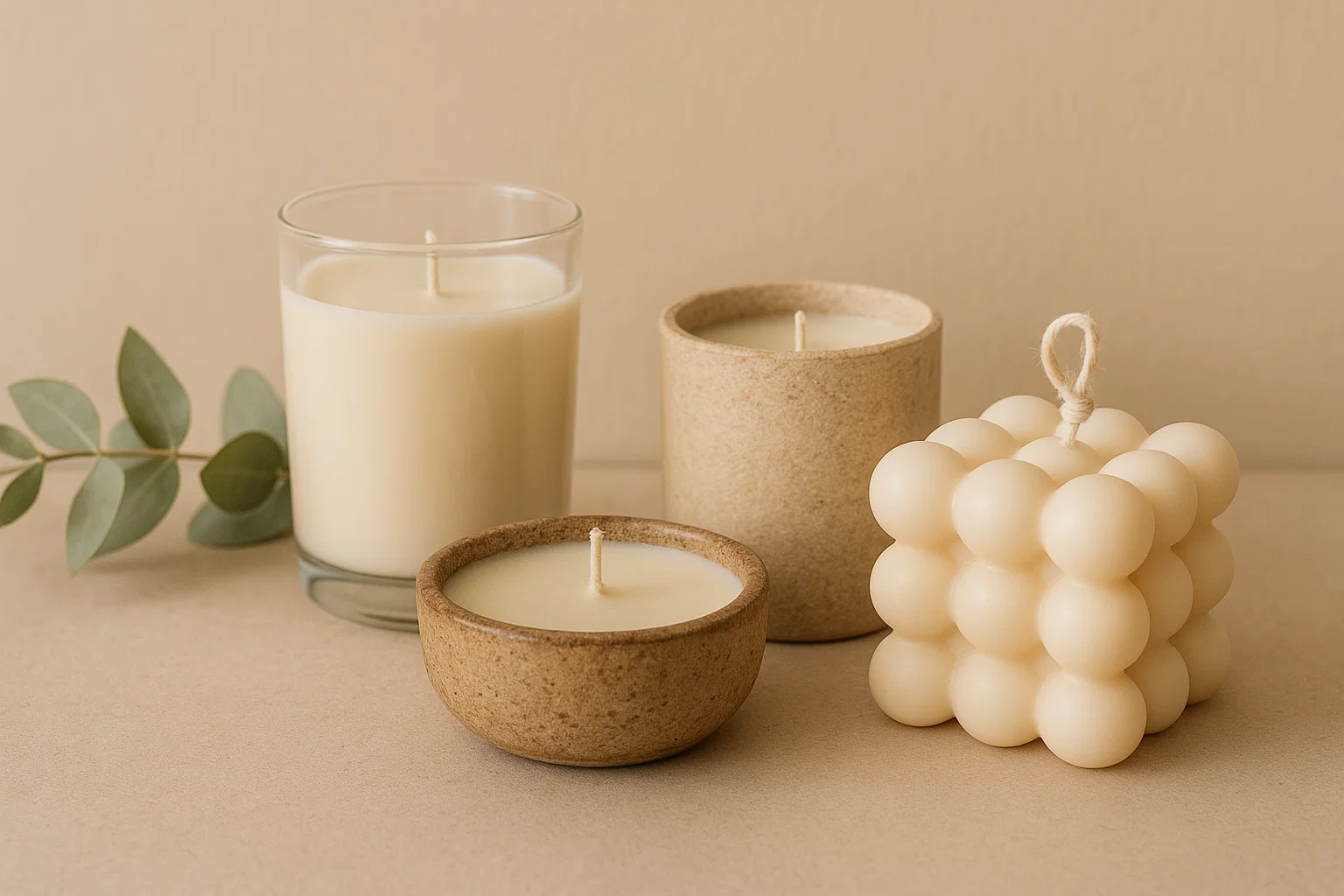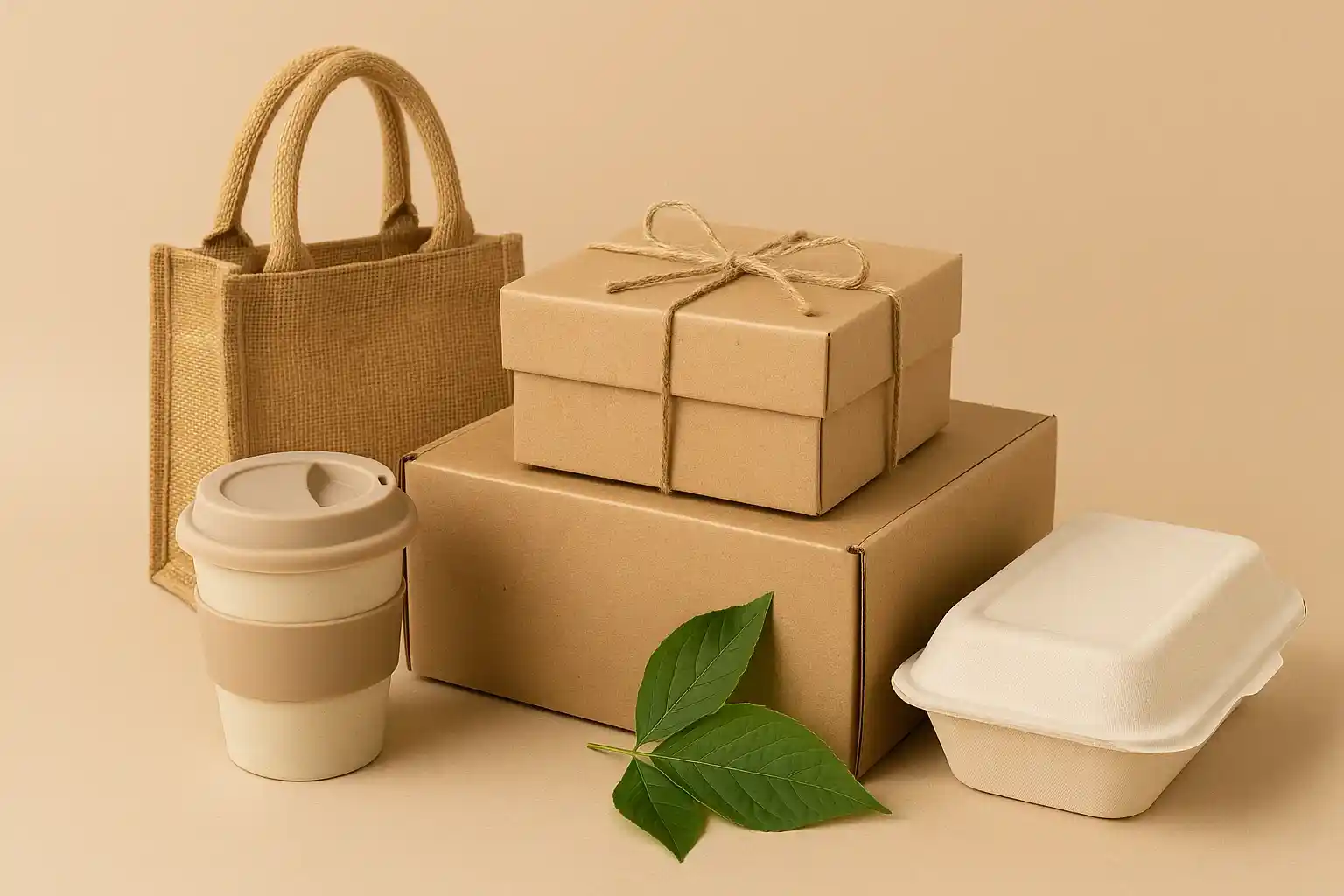Curate Your Closet, Cultivate Clarity: Embracing a Minimalist Wardrobe for Mindful Living

The modern closet, often overflowing with a vast array of garments, can paradoxically lead to feelings of overwhelm and decision fatigue rather than ease and style. The sheer volume of choices can make getting dressed a daily source of stress, while many of these items are rarely worn, taking up valuable space and representing a significant consumption of resources. Embracing a minimalist approach to our wardrobes offers a powerful antidote to this state of excess, guiding us towards a more intentional, streamlined, and ultimately more sustainable way of dressing. By consciously curating a collection of clothing we truly love, wear frequently, and that serves our needs, we can declutter our physical space, simplify our routines, and minimize the environmental impact of our fashion choices.
The environmental consequences of overloaded closets are substantial. The fast fashion industry, which encourages the constant acquisition of inexpensive, trend-driven garments, is a major contributor to textile waste, water pollution, carbon emissions, and often unethical labor practices. The production of new clothing requires vast amounts of water, energy, and raw materials, including land for growing fibers and chemicals for dyeing and finishing. The short lifespan of many fast fashion items leads to massive amounts of textile waste ending up in landfills, where they can take decades to decompose and release harmful substances. Recognizing this unsustainable cycle, adopting a minimalist approach to our wardrobes is a crucial step towards mindful consumption and reducing our environmental footprint.
Fortunately, a range of effective strategies can help us declutter our overloaded closets and cultivate a more intentional and sustainable relationship with our clothing. By implementing seasonal rotation to manage our wardrobes more effectively, embracing the concept of a capsule wardrobe to streamline our choices, and establishing regular donation cycles to give unwanted garments a new life, we can create a more functional, clutter-free, and environmentally responsible approach to fashion. These mindful practices not only simplify our daily routines and reduce decision fatigue but also minimize textile waste and encourage a more conscious appreciation for the clothing we own and choose to wear.
Streamlining Your Style Sustainably: Practical Strategies for a Minimalist Wardrobe
Transforming an overloaded closet into a curated collection requires conscious effort and the adoption of practical strategies that promote intentionality and reduce excess:
Seasonal Rotation: Managing Your Wardrobe Strategically
Implementing seasonal rotation is a simple yet highly effective way to manage an overloaded closet and make it feel more manageable. This involves storing out-of-season clothing (e.g., heavy winter coats in summer, light summer dresses in winter) in separate storage bins or areas. By keeping only the clothing appropriate for the current season in your primary closet, you reduce visual clutter, make it easier to find what you need, and gain a clearer understanding of the items you actually wear regularly. This process also provides an opportunity to assess what you truly need and identify items that can be donated or sold.
Capsule Wardrobe: Curating a Collection of Essentials
Embracing the concept of a capsule wardrobe is a powerful way to drastically reduce the number of items in your closet and cultivate a more minimalist style. A capsule wardrobe is a limited collection of versatile and high-quality clothing items that can be mixed and matched to create a variety of outfits. By focusing on essential pieces that fit well, are made from durable and sustainable materials, and align with your personal style, you can minimize the need for a large and often unworn wardrobe. Resources like Cladwell and The Capsule Project offer guidance and tools for creating your own capsule wardrobe, helping you to streamline your choices and reduce clothing consumption.
Donation Cycles: Regularly Releasing Unwanted Items
Establishing regular donation cycles is crucial for preventing clothing from accumulating in your closet. Make it a habit to periodically go through your wardrobe – perhaps seasonally or twice a year – and identify items that you no longer wear, that don't fit, or that you simply don't love. Donating these gently used garments to local charities or textile recycling programs gives them a new life and prevents them from ending up in landfills. Having a designated donation bag or box can make this process easier and more consistent.
The One-In, One-Out Rule: Mindful Acquisition
To prevent your closet from becoming overloaded again, implement the "one-in, one-out" rule. For every new item of clothing you bring into your wardrobe, commit to removing one existing item. This encourages more thoughtful purchasing decisions and helps to maintain a manageable and clutter-free closet.
The Hanger Test: Identifying Unworn Items
A simple visual trick to identify unworn clothing is the "hanger test." At the beginning of a season, turn all your hangers in one direction. After wearing an item, turn the hanger the other way. At the end of the season, you'll have a clear visual indication of the items you haven't worn, making it easier to decide what to donate or sell.
By consciously implementing these strategies, you can transform an overloaded closet into a curated collection of clothing you truly love and wear, simplifying your daily routine and significantly reducing the environmental impact of your fashion choices.
Related Blogs

Ignite Change: Embracing 30-Day Challenges for a More Sustainable Lifestyle
Insights on 30-day challenges for a more sustainable lifestyle in a sustainable way.

Breaking Free from the Urge: Cultivating Mindful Consumption to Conquer Impulse Purchases
Reduce unnecessary spending and clutter with shopping lists, the 24-hour rule, and minimalist budgeting.

Illuminate Responsibly: Choosing Cleaner Alternatives to Regular Candles
Opt for soy tealights, rechargeable LEDs, or beeswax pillars to avoid paraffin and plastic.

Unplug to Uplift: Where Digital Minimalism Nurtures Environmentalism
Insights on digital minimalism meets environmentalism in a sustainable way.

Unwrapping a Greener Future: Creative Alternatives to Traditional Gift Wrapping
Reduce single-use waste with cloth wraps, newspaper, and recycled kraft paper for gifts.

Slowing Down Delivery: Cultivating Eco-Friendly Shipping Habits
Reduce carbon emissions by choosing bundled, eco-shipping options, or click-and-collect.
Stay in the Loop
Get tips and insights tailored to your interests — no spam, just sustainability.